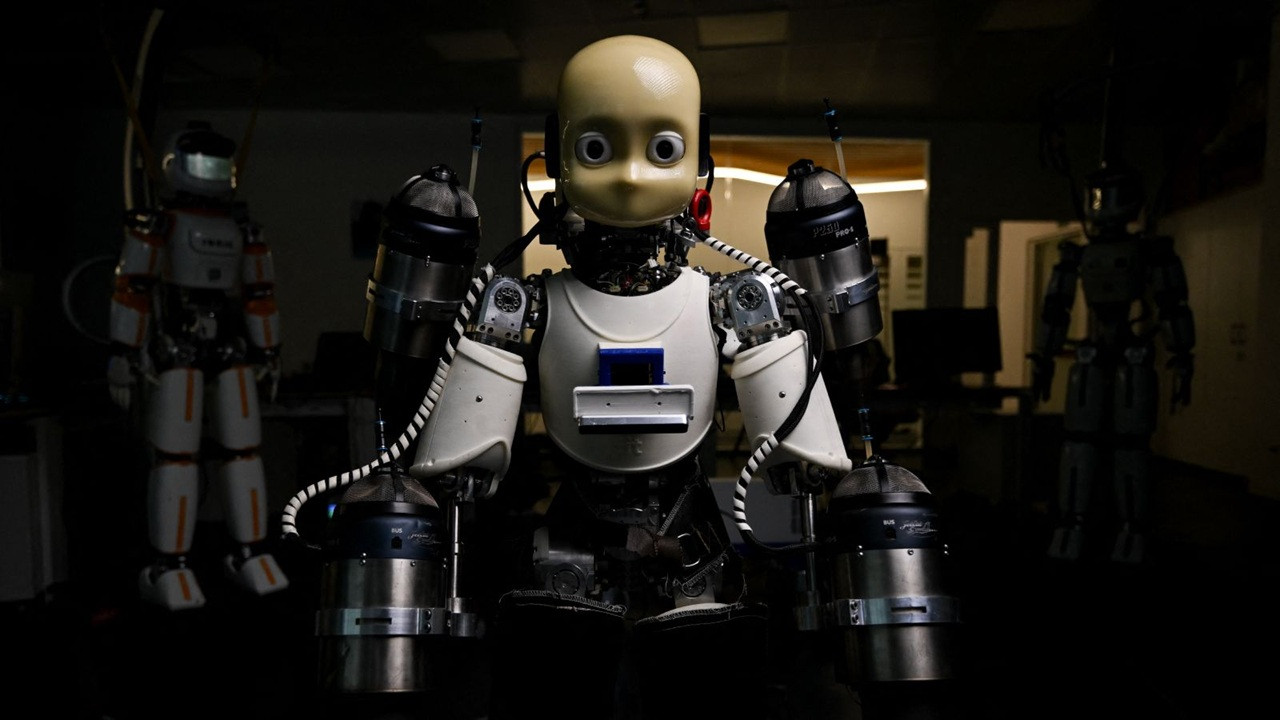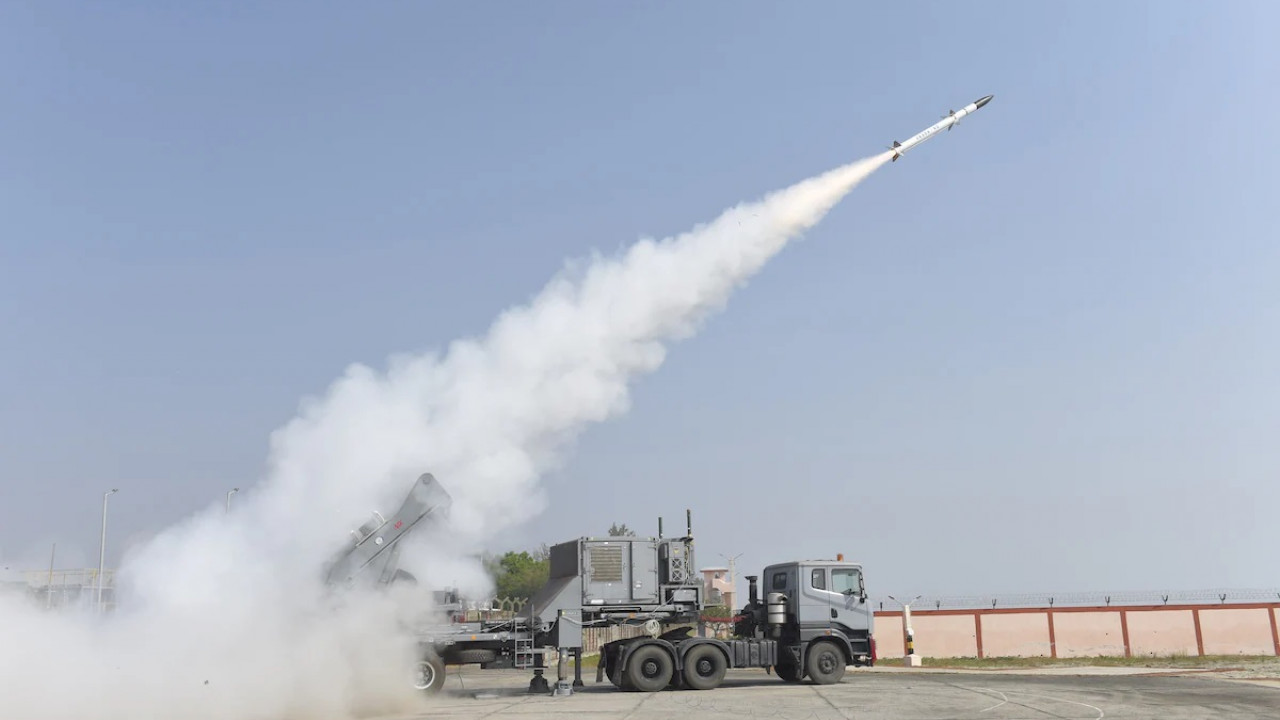International News: Scientists have achieved a remarkable milestone with the iRonCub MK3—a baby-faced humanoid robot that has successfully achieved its first vertical lift-off. The four-thruster design lifted the 22-kg robot 50cm off the ground. While adorable in appearance, this robot remains purely mechanical—no emotions involved.
Baby-Like Appearance Wows Viewers
The iRonCub MK3, showcased by Italy’s Institute of Technology (IIT) on June 18, resembles an infant in size and shape, weighing just 22 kilograms. Its humanoid build and masked expression add a playful charm that contrasts sharply with its technological complexity. While viewers are captivated by its childlike looks, researchers stress that this is strictly a machine—no emotional capacities onboard.
Four Thrusters Enable Flight
The robot achieved liftoff using a quartet of thrusters: two attached to its arms and two integrated into its jetpack-like back module. This arrangement allowed iRonCub to hover steadily about 50cm above the ground. The footage clearly captures the delicate balance required to keep the robot stable mid-air—a key breakthrough in flight control for humanoid forms.
Thanks to Vertical Takeoff Success
This vertical lift-off, or VTOL, marks a pivotal moment in humanoid robotics. Previous attempts either failed or relied on ground-based lifts. The ability to autonomously take off and hover opens new possibilities—robotic assembly in hazardous environments, search-and-rescue operations in collapsed structures, or even planetary exploration where bipedal mobility is enhanced with flight.
Challenges Still Linger Ahead
Despite acclaim, the iRonCub MK3 faces serious hurdles before widespread application. Battery life remains limited, allowing only brief hover periods. Stability still demands precision programming—any sudden gust of air can destabilize the robot. And integrating sensor data to allow autonomous navigation while flying poses another major challenge.
AI Integration Still Pending
Though the robot achieved liftoff, it lacks autonomous decision-making. All flight maneuvers were pre-programmed or remotely controlled by researchers. The team is now working on layering AI capabilities—such as obstacle detection and adaptive hovering—onto the base VTOL design. But emotional mimicry, à la science fiction, remains a futuristic dream.
Future Missions and Applications
Looking ahead, the IIT team envisions iRonCub variants with enhanced power systems and AI navigation frameworks. Potential missions include inspecting disaster zones, performing delicate maintenance on tall infrastructure, or even collaborating with humans in labs. Though current flight time is brief, future models may carry additional batteries or solar panels, extending operational capacity.
Final Takeaway with Vision
The iRonCub MK3’s first vertical flight is more than a publicity stunt—it’s a stepping stone toward humanoid robots as winged assistants. Its gentle appearance juxtaposes with cutting-edge engineering, making it both inspiring and intriguing. Now begins the real journey: turning hover into endurance and remote-controlled flight into autonomous aerial agility.












